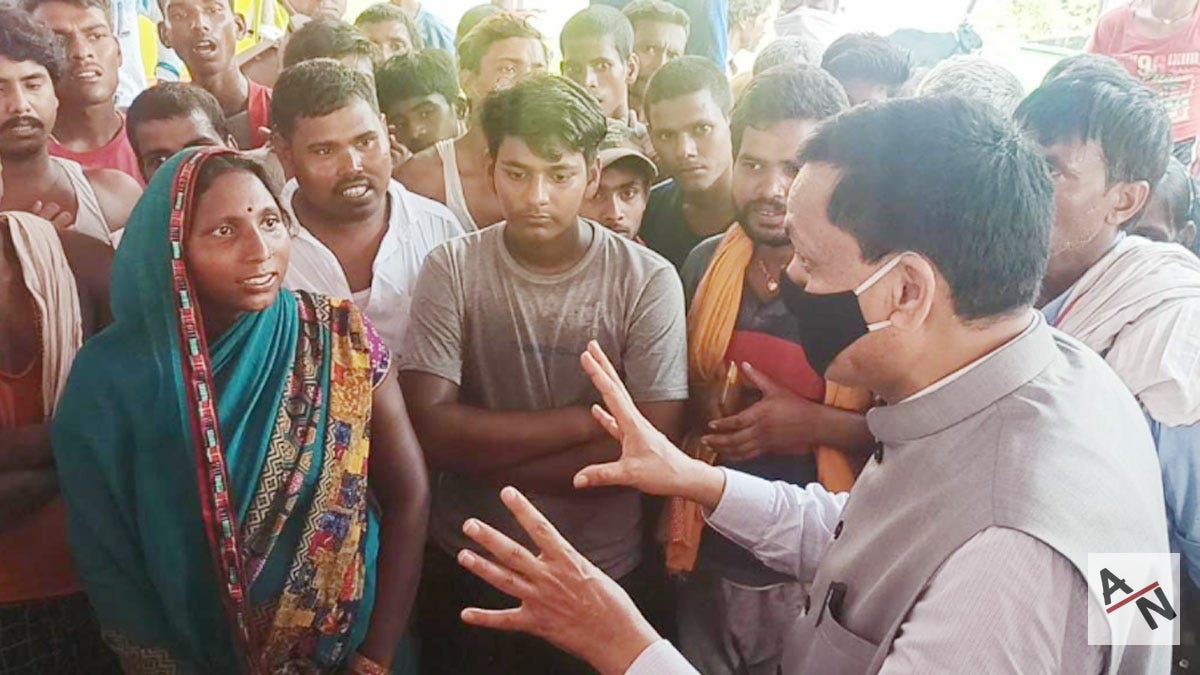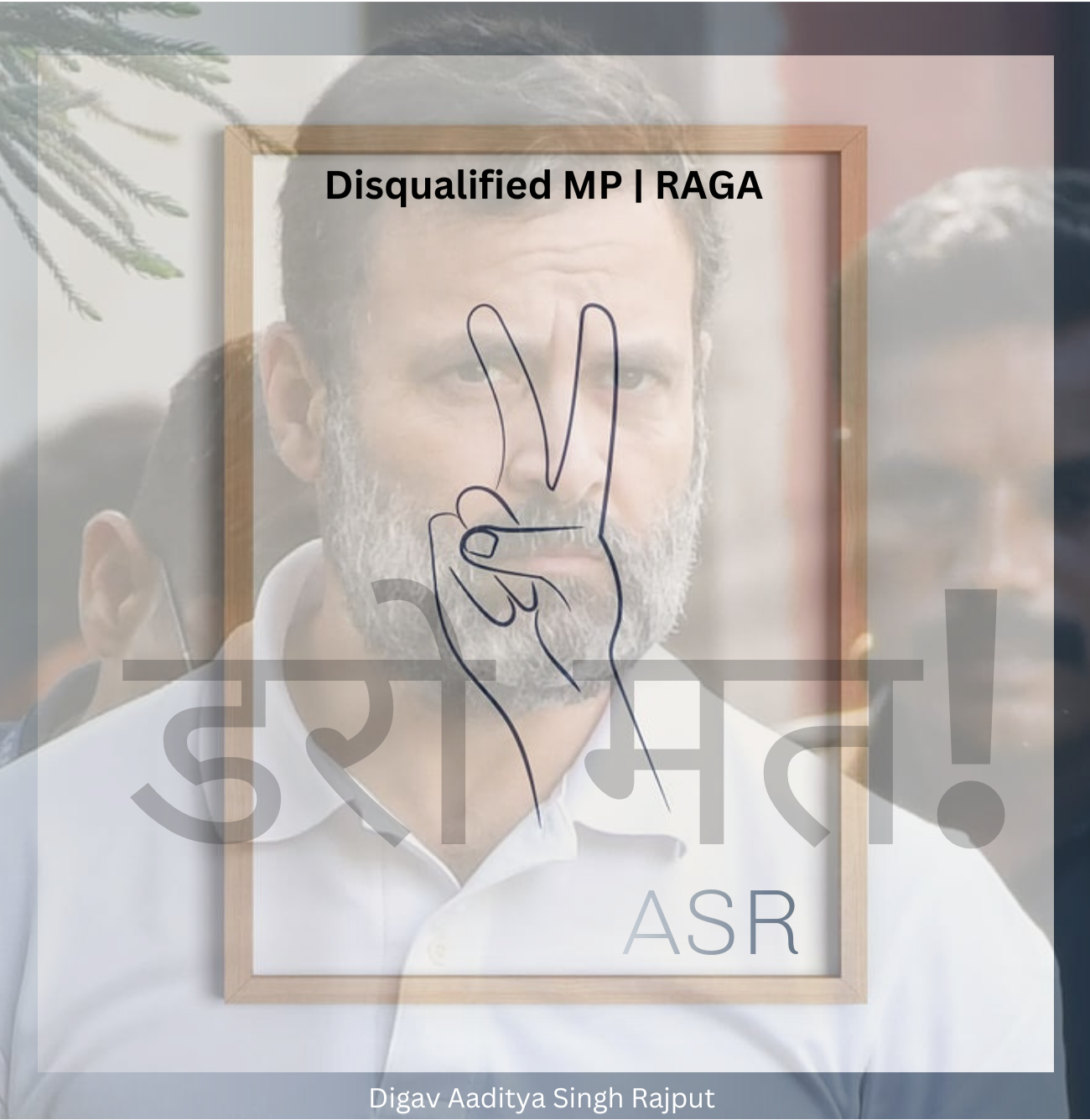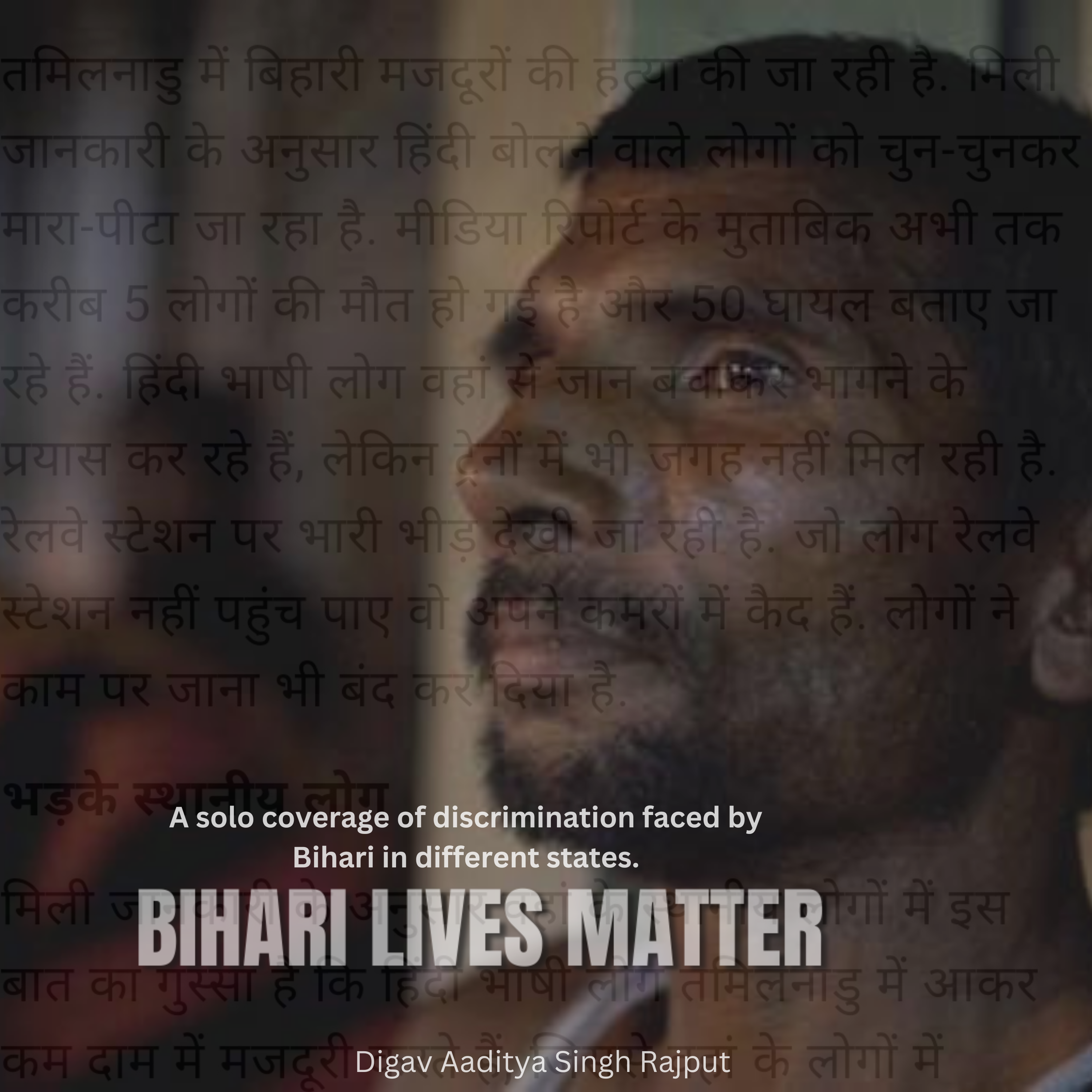Every year, as monsoon rains arrive, Bihar faces a cruel cycle of destruction. Floods sweep through its towns and villages, leaving behind devastation—people lose their lives, homes, livelihoods, and pets. The question is, who cares? While we see momentary coverage in the media, the long-term suffering and negligence remain unaddressed. This article aims to shed light on the human costs and the systemic failures that keep repeating this cycle of despair.

Bihar, situated near rivers like the Ganga, Kosi, and Gandak, is vulnerable to both monsoon rains and river overflow. Every year, these rivers swell beyond their capacity, inundating homes, fields, and entire towns. Thousands of families are displaced, forced to live in temporary shelters or even on rooftops. Pets and livestock, which serve as a source of livelihood, are often swept away, adding to the despair. Year after year, the same regions suffer—North Bihar, particularly, remains the epicenter.
Paytm immediately starts a donation campaign on Kerala floods, hashtags start trending on Shimla Manali floods, Modi himself tweets on Uttarakhand floods, and Bihar floods??
A notice is printed on Bihar floods, which is pasted on some yellow government building. It is written on that notice that Nepal has released a huge amount of water, people are appealed to go to some high place. It is not written where to go! It is also not written how to go! And what to do with the cows, calves, children is also not written in that notice.
Every year we go to some high place to eat Maad Bhaat, every year we see our huts getting washed away without complaining. We spend two months thinking that water will not come next time.
We have learned to live with the grief of Ganga and Kosi! Floods have become a part of our lives.
Maybe there is no glamour in Bihar floods, that is why there is not much discussion about it.
- A student from Bihar
Surviving the Flood: A Daily Struggle for Basic Needs
In the worst-hit areas, the situation is nothing short of chaotic. As relief trucks arrive with food packets and supplies, scenes of desperation unfold. People wade through knee-deep water, rushing towards the trucks, sometimes engaging in violent scuffles over a few packets of food or bottles of water. There is not enough to go around, and in the chaos, the weak—children, women, the elderly—are often left behind, their needs unmet. These are the untold stories of Bihar’s flood victims—those who survive, not by choice, but by fighting for the bare minimum.

The Deafening Silence of Political Organizations and Media
Despite the magnitude of the crisis, political organizations remain conspicuously silent. There is no significant political debate on flood prevention, and no meaningful action plan is proposed year after year. Local politicians make brief appearances during the floods, often with promises of relief and rehabilitation, only to disappear once the floodwaters recede. Where is the accountability? Where are the long-term strategies?
Equally disturbing is the lack of sustained media attention. While the floods are briefly covered during their peak, the headlines soon move on to other stories. The suffering of the people of Bihar, trapped in a yearly cycle of flood and recovery, is quickly forgotten. Their struggle for survival, their desperate fight for food and shelter, and the loss of their homes, pets, and loved ones remain largely unseen and unheard. The media’s fleeting attention does nothing to address the systemic issues that continue to plague the region.
Systemic Neglect: A Crisis Manufactured by Human Failures
It’s easy to blame nature, but the floods in Bihar are as much a result of human negligence as they are of the weather. Dams are poorly maintained, embankments break under pressure, and the state’s flood management systems are antiquated and insufficient. Deforestation and unregulated construction further contribute to the rising flood risks. Despite knowing that the floods are an annual occurrence, the state and central governments have failed to develop long-term solutions. Where are the flood-resistant homes? Where is the sustainable water management?
In this environment of neglect, those affected by the floods are left to fend for themselves. They receive temporary relief, but nothing close to the long-term infrastructure improvements needed to prevent future disasters.
Political Will and Media Apathy: Who Will Take Responsibility?
One must ask: Why is there so little political will to address this recurring tragedy? Bihar, being a politically significant state, should be a focal point for both state and national governments. Yet, no major political organization brings up the issue of flood management during elections, and when the floods hit, leaders appear only for photo opportunities. Political promises are made, but they lack substance. No concrete flood control projects, no major river management initiatives, and no comprehensive development plans are ever discussed.

Meanwhile, the media treats the floods as just another seasonal story. The focus remains on immediate relief rather than the root causes or long-term solutions. Media apathy further fuels public disinterest, leaving the people of Bihar to suffer in silence. Coverage fades after a few days, and the nation moves on, forgetting that thousands of lives are disrupted every single year.
The Social and Economic Impact: Poverty Amplified
Beyond the immediate loss of life and property, the floods leave behind long-term economic scars. Families that lose their homes and crops often sink further into poverty. Those who manage to survive the flood are left to rebuild their lives from scratch, with little to no help from the government. Schools, hospitals, and markets are damaged, leaving communities without access to education, healthcare, and essential goods. The cumulative effect is devastating—already impoverished communities are pushed deeper into despair, making recovery nearly impossible.
Climate Change and Developmental Failures: A Recipe for Disaster
As climate change intensifies, the monsoons are becoming more unpredictable and severe. Bihar, with its limited resources and underdeveloped infrastructure, is ill-equipped to handle these growing challenges. The floods aren’t just a natural disaster; they are a symptom of developmental failures. Until the root causes are addressed—deforestation, unplanned urbanization, lack of flood management—the people of Bihar will continue to be victims of this recurring catastrophe.
A Call for Action: Long-Term Solutions Are the Only Answer
What Bihar needs is not just emergency relief but sustainable solutions. The government must invest in modern flood management systems, early warning mechanisms, and infrastructure development. River embankments need to be fortified, and communities must be made resilient through education and preparedness training. Most importantly, political leaders and the media must treat the floods as a national crisis—not just a seasonal inconvenience. The people of Bihar deserve better, and it is the responsibility of the government, political organizations, and the media to ensure that the floods are no longer an annual death sentence.
Conclusion: Who Cares?
The floods in Bihar aren’t just a natural disaster; they are a humanitarian crisis fueled by systemic neglect. Each year, as the rains come, so does the devastation. Lives, homes, and livelihoods are washed away, and the world moves on. People fight over food packets, desperate to survive while their plight remains ignored by the very leaders who should be helping them. The question remains, who cares? Until someone does, the cycle will continue, and Bihar’s people will remain forgotten victims of a tragedy that could have been prevented.













